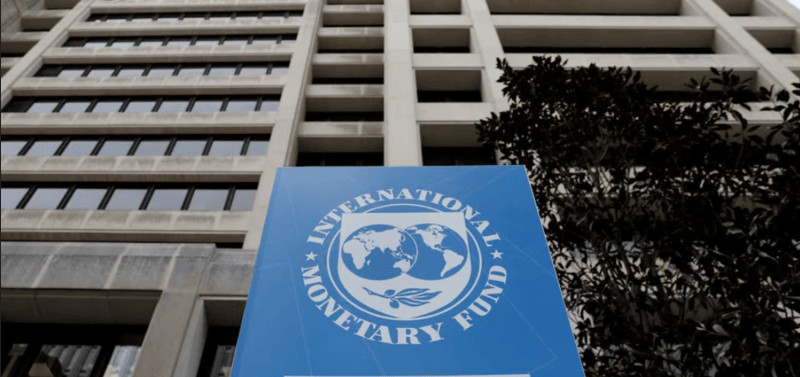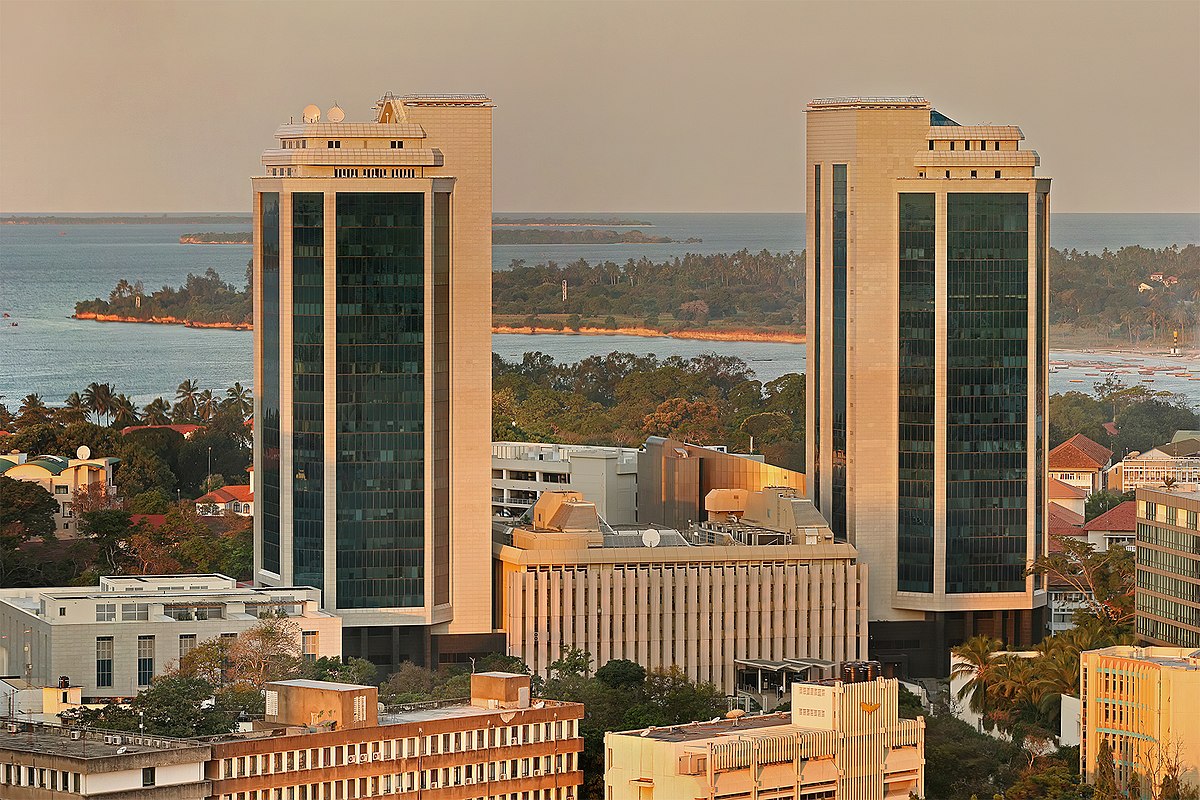Trump’s protectionist tariffs dent global economic growth prospects to 2.8 per cent

Were it not for the tariffs, the lender says the global economic growth would have seen only a modest cumulative downgrade of 0.2 percentage point, to 3.2 per cent for 2025 and 2026.
Global economic growth is poised to shrink this year, thanks to the protectionist tariffs imposed by the world’s largest economy, the US, in January and at the beginning of this month.
According to the International Monetary Fund (IMF), the global economy is now expected to expand at a pace of 2.8 per cent, down from 3.3 per cent last year.
More To Read
- World Bank warns political interference weakening Kenya’s state-owned enterprises
- Ruto backs IMF partnership as key to Kenya’s debt, economic reforms
- World Bank upgrades Kenya’s growth outlook to 4.9 per cent, warns of elevated risks
- Africa’s share of global extreme poverty rose by 30 per cent in 10 years - World Bank
- Revenue raise, prudent debt key to Africa’s 2026 upgraded growth prospects - IMF
- World Bank urges shift to local currency loans in Africa
“Reference forecast includes tariff announcements between February 1 and April 4 by the US and countermeasures by other countries,” the lender said in its April 2025 world economic outlook report.
However, it says the prospect will rebound in 2026 at a pace of 3.0 per cent.
Overall, the growth forecasts for this year and next year represent a cumulative downgrade of about 0.8 percentage points compared to the January update.
Were it not for the tariffs, the lender says the global economic growth would have seen only a modest cumulative downgrade of 0.2 percentage point, to 3.2 per cent for 2025 and 2026.
Nevertheless, the lender maintains a brave face, saying the growth prospects could immediately improve if countries ease their current trade policy stance and forge new trade agreements.
“Addressing domestic imbalances can, over a period of years, offset economic risks and raise global output while contributing significantly to closing external imbalances.”
For sub-Saharan Africa, growth is expected to decline slightly from 4.0 per cent in 2024 to 3.8 per cent in the year under review, and recover modestly in 2026, lifting to 4.2 per cent.
Among the larger economies, the growth forecast in Nigeria has been revised downward by 0.2 percentage point for 2025 and 0.3 percentage point for 2026, owing to lower oil prices.
South Africa’s has also been revised downward by 0.5 percentage point for 2025 and 0.3 percentage point for 2026, reflecting slowing momentum from a weaker-than-expected 2024 outturn, deteriorating sentiment due to heightened uncertainty, the intensification of protectionist policies, and a deeper slowdown in major economies.
On the cost of living, the lender projects that the global headline inflation will decline at a pace that is slightly slower than what was expected in January, reaching 4.3 percent in 2025 and 3.6 per cent in 2026.
This, with notable upward revisions for advanced economies and slight downward revisions for emerging market and developing economies.
Top Stories Today















































